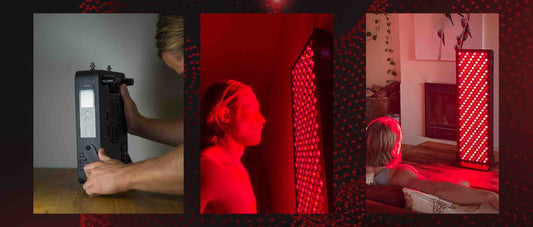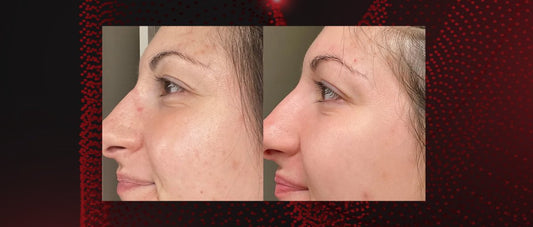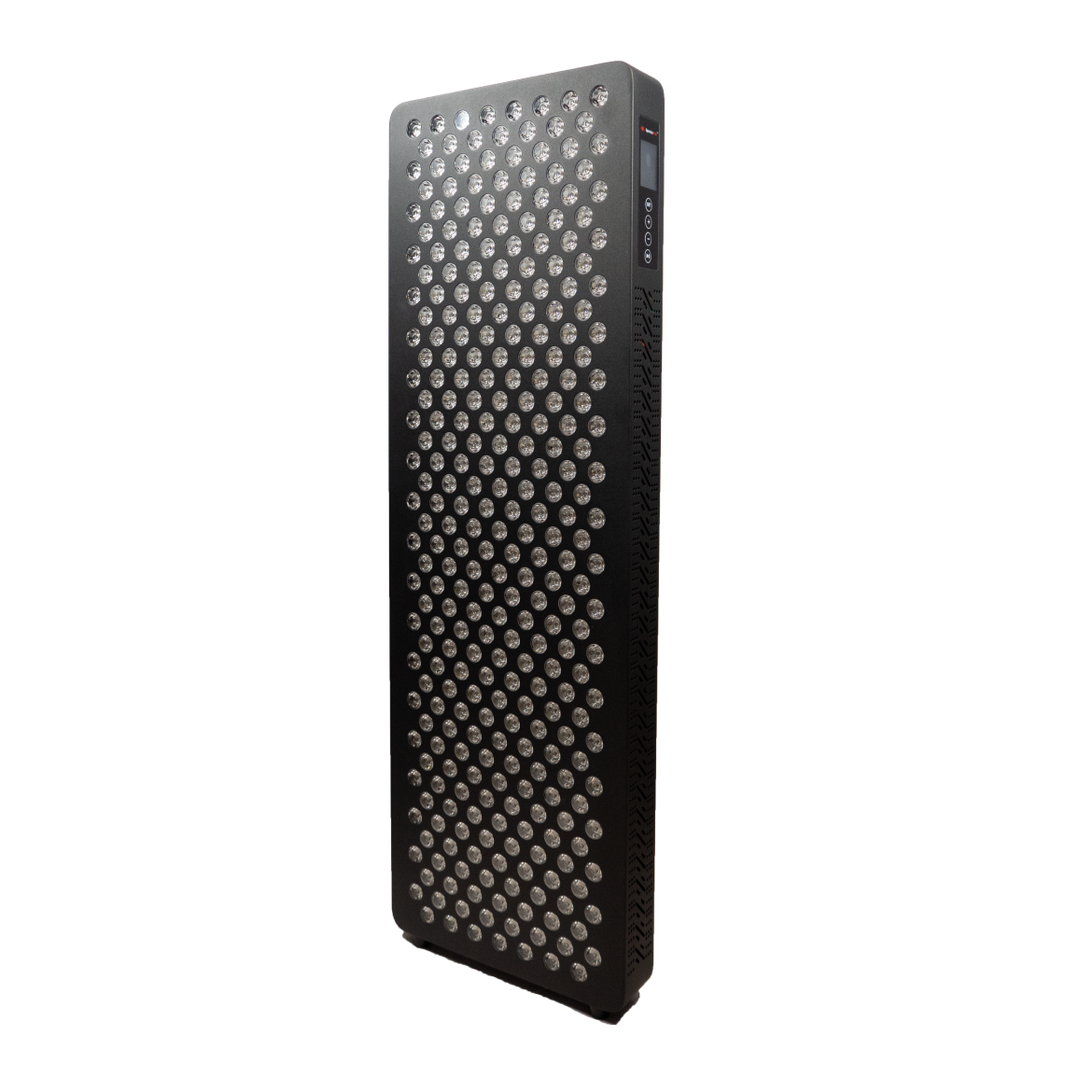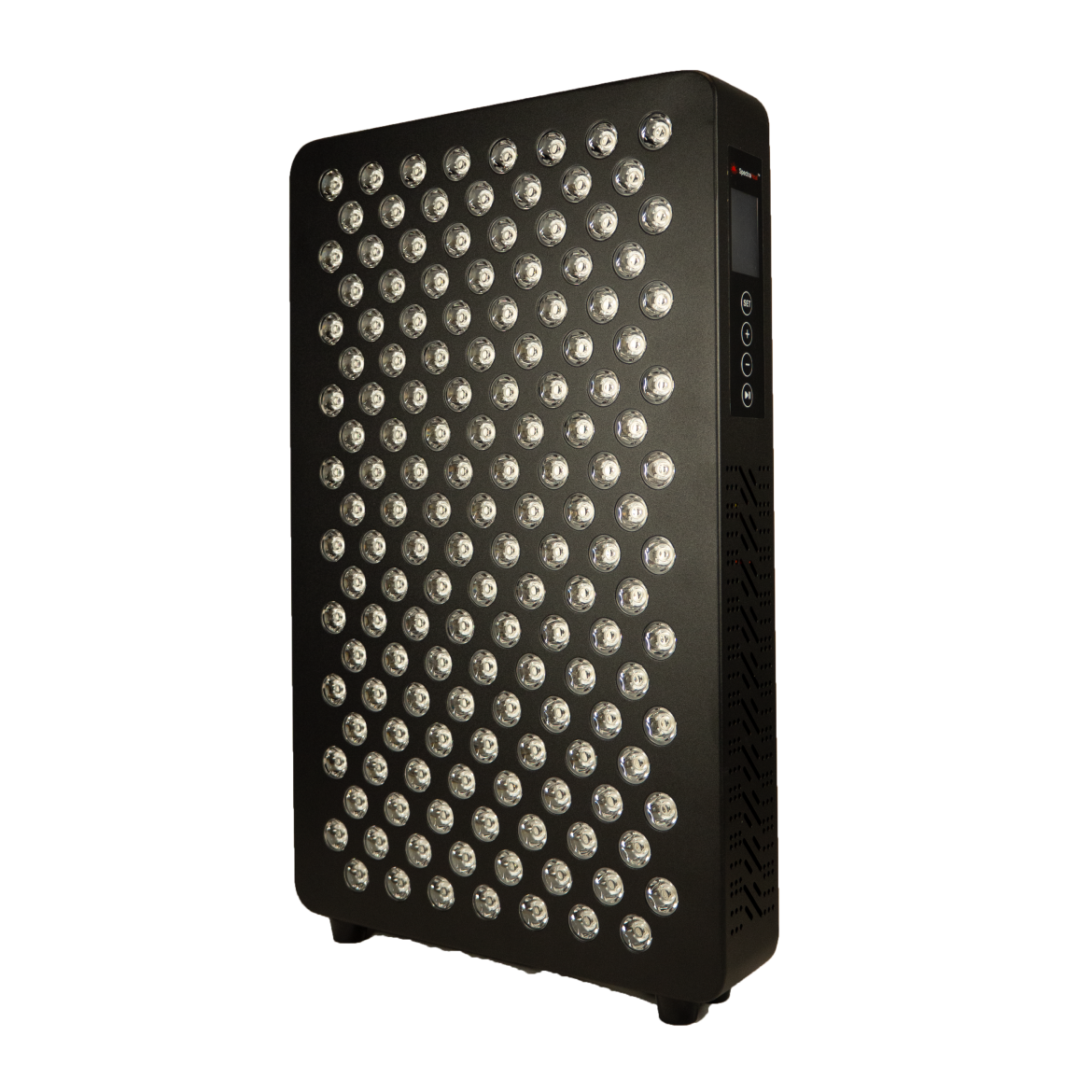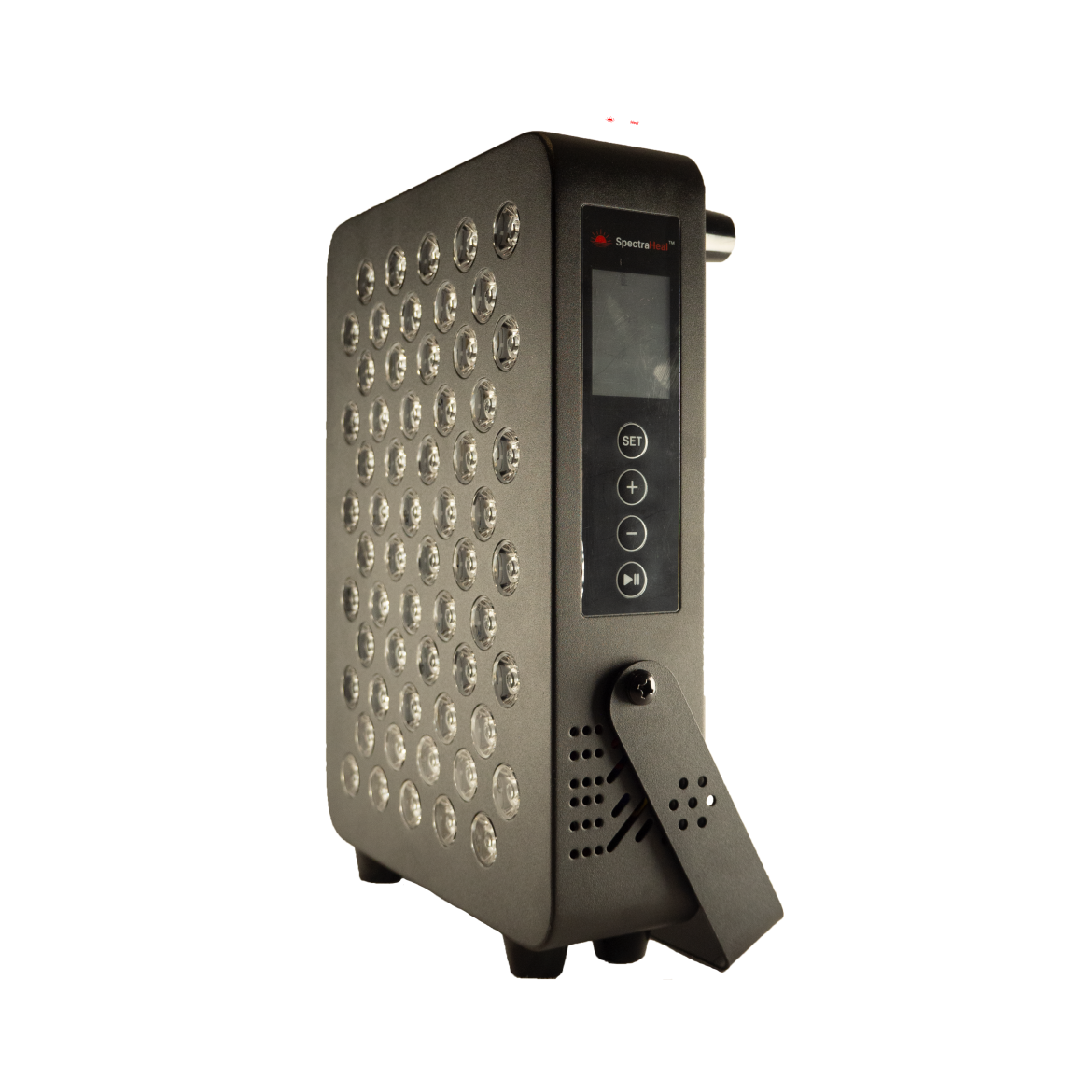Introduction:
Traumatic brain injury (TBI) is an injury with long-term consequences ranging from cognitive impairments to emotional and physical challenges.
While traditional rehabilitation approaches are essential, emerging research suggests that red light therapy could offer novel avenues for recovery.
In this article, we explore red light therapy as a non-invasive and adjunctive treatment for traumatic brain injury.
Evidence Based Benefits of Red Light Therapy for Traumatic Brain Injury:
- Neuroprotection
- Enhanced Neuroplasticity
- Improved Mitochondrial Function:
- Reduction of Neuroinflammation:
- Analgesic Effects:
- Clinical Applications and Future Directions:
Here's a Scientific Study on the effects of Redlight Therapy on Traumatic Brain Injury:

Title Of Study: Red/NIR LED Therapy for Chronic mTBI: Promising Results for Cognitive Function Enhancement
Introduction: In this study, they delved into the potential of red and near-infrared (NIR) light-emitting diodes (LEDs) applied to the scalp to ameliorate cognitive function in individuals with chronic mild traumatic brain injury (mTBI).
The investigation focuses on whether LED therapy can boost executive function and verbal memory by activating mitochondrial function and augmenting cerebral blood flow.
Key Findings: After undergoing 18 outpatient LED treatment sessions over six weeks, eleven participants with chronic mTBI exhibited significant enhancements in various neuropsychological tests. Noteworthy improvements included:
- Enhanced executive function and verbal memory, as demonstrated by improvements in the Stroop Test (Trial 3 and Trial 4) and the California Verbal Learning Test-II (CVLT-II, Total Trials 1–5 and Long Delay Free Recall).
- Reports of enhanced sleep quality and diminished PTSD symptoms.
- Improved social, interpersonal, and occupational functioning, as noted by participants and their families. Remarkably, no adverse events or negative side effects were reported throughout the study period.
Implications: The study underscores the potential of red/NIR LED therapy as a non-invasive and promising approach for treating chronic mTBI.
Further placebo-controlled studies are warranted to validate these findings.
The study's positive outcomes on cognitive function and psychological well-being underscore the potential of LED therapy in alleviating chronic mTBI symptoms.
Here are the ways Red Light Therapy helps Traumatic brain Injury Sufferers:
Neuroprotection:
- Suppressing microglial activation
- Scavenging free radicals
- Reductions in neuronal death
Traumatic brain injury triggers a cascade of neuroinflammatory responses and oxidative stress, contributing to secondary brain damage.
Red light therapy has shown neuroprotective effects by reducing neuroinflammation, suppressing microglial activation, and scavenging free radicals.
Studies published in the Journal of Neurotrauma and Brain Research reported significant reductions in neuronal death and improved functional outcomes in animal models of traumatic brain injury treated with red light therapy.
Enhanced Neuroplasticity:
- Promoting dendritic sprouting
- Promoting synaptogenesis
- Promoting axonal regeneration:
- Synaptic connectivity
- Facilitate neural repair
Neuroplasticity, the brain's ability to reorganise and adapt following injury, is critical for recovery after traumatic brain injury.
Red light therapy has been shown to enhance neuroplasticity by promoting dendritic sprouting, synaptogenesis, and axonal regeneration.
Research published in Neuroscience Letters and Neurorehabilitation and Neural Repair reported improvements in synaptic connectivity and motor function in animals treated with red light therapy after traumatic brain injury.
These findings suggest that red light therapy may facilitate neural repair and functional recovery post-injury.
Improved Mitochondrial Function:
- Increasing ATP production
- Improving cellular respiration
- Reducing oxidative damage
- Restore cellular energy balance
Mitochondrial dysfunction is a hallmark of traumatic brain injury, leading to energy depletion, oxidative stress, and neuronal dysfunction
Red light therapy has been shown to enhance mitochondrial function by increasing adenosine triphosphate (ATP) production, improving cellular respiration, and reducing oxidative damage.
Studies published in the Journal of Neurology and the Journal of Photochemistry and Photobiology reported improvements in mitochondrial activity and brain metabolism in animals treated with red light therapy following traumatic brain injury.
These findings indicate that red light therapy may help restore cellular energy balance and mitigate neuronal damage in the injured brain.
Reduction of Neuroinflammation:
- Anti-inflammatory effects
- Inhibiting inflammatory signalling pathway
Neuroinflammation plays a pivotal role in the pathophysiology of traumatic brain injury, contributing to neuronal dysfunction and tissue damage.
Red light therapy has anti-inflammatory effects, modulating the release of pro-inflammatory cytokines and inhibiting inflammatory signalling pathways.
Research published in Brain, Behavior, and Immunity and Neurobiology of Disease reported reductions in neuroinflammatory markers and improved neurological outcomes in animals treated with red light therapy after traumatic brain injury.
These findings suggest that red light therapy may attenuate neuroinflammation and promote a neuroprotective environment conducive to recovery.
Analgesic Effects:
- Reducing pain perception
- Promoting pain relief
Headaches and chronic pain are common symptoms following traumatic brain injury, significantly impacting quality of life.
Red light therapy has analgesic effects, reducing pain perception and promoting pain relief. Studies published in Pain Research and Management and the Journal of Headache and Pain reported reductions in headache intensity and frequency in individuals with traumatic brain injury treated with red light therapy.
These findings indicate that red light therapy may offer effective pain management strategies for individuals experiencing post-traumatic headaches.
Understanding Traumatic Brain Injury and Red Light Therapy:
Traumatic brain injury occurs when an external force disrupts normal brain function, leading to a range of symptoms, including headaches, memory loss, and cognitive deficits.
Red light therapy, also known as photobiomodulation, utilises specific wavelengths of red and near-infrared light to stimulate cellular processes and promote healing.
By targeting inflammation, enhancing neuroplasticity, and improving mitochondrial function, red light therapy offers a promising approach to managing the symptoms of traumatic brain injury and facilitating recovery.
Clinical Applications and Future Directions:
Integrating red light therapy into comprehensive rehabilitation programmes for traumatic brain injury offers a promising approach to supporting recovery trajectories.
Future research efforts should focus on large-scale clinical trials to further evaluate the efficacy and optimal parameters of red light therapy for traumatic brain injury.
Additionally, exploring the mechanisms underlying the therapeutic effects of red light therapy in traumatic brain injury could provide valuable insights into the pathophysiology of the condition and inform the development of targeted interventions.
Conclusion:
Red light therapy represents a promising adjunctive treatment for traumatic brain injury, offering non-invasive and well-tolerated options for supporting recovery.
By targeting multiple cellular mechanisms implicated in traumatic brain injury pathophysiology, including neuroprotection, neuroplasticity, mitochondrial function, and neuroinflammation, red light therapy offers hope for improved outcomes and enhanced quality of life for individuals navigating the challenges of traumatic brain injury.
While further research is needed to fully elucidate its therapeutic potential, red light therapy holds promise as a valuable addition to the comprehensive management of traumatic brain injury, offering a beacon of hope for those on the journey to recovery.




